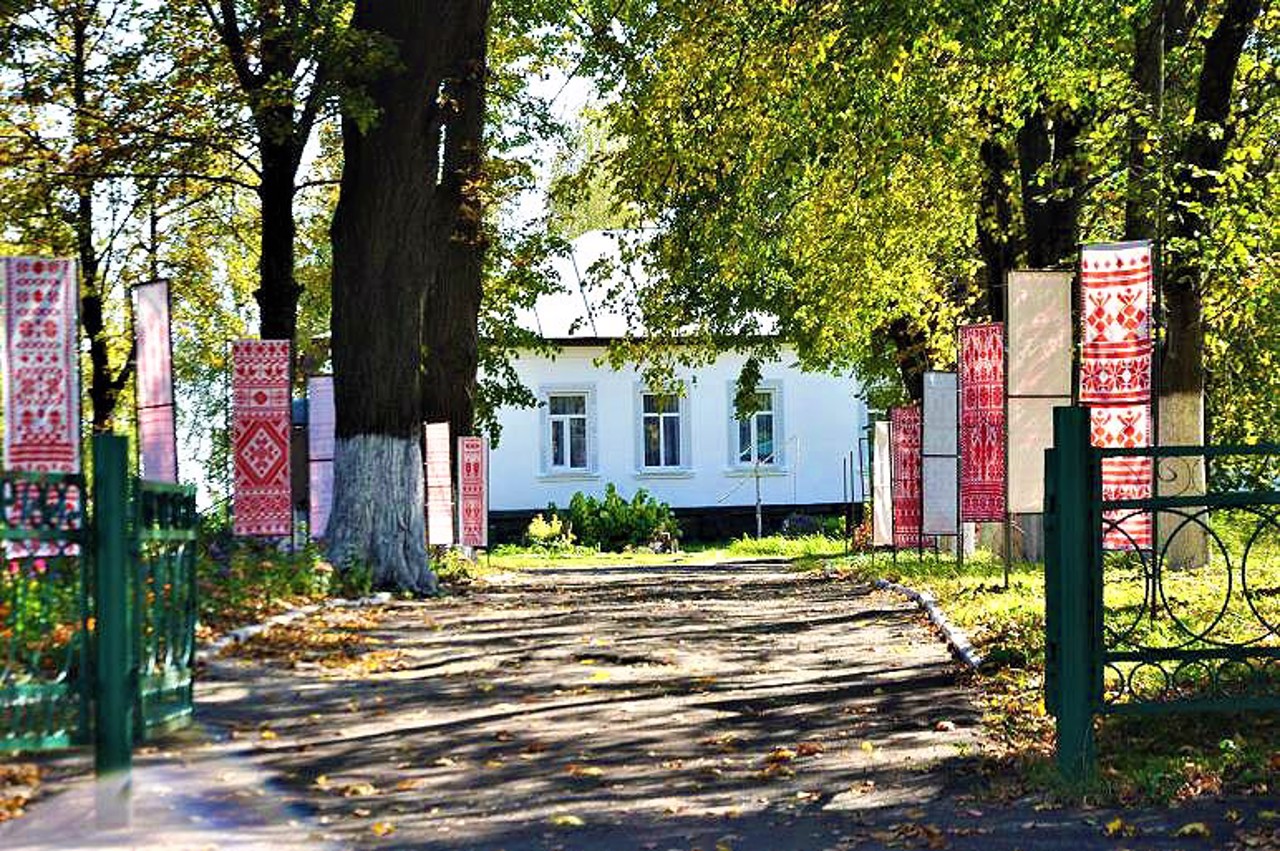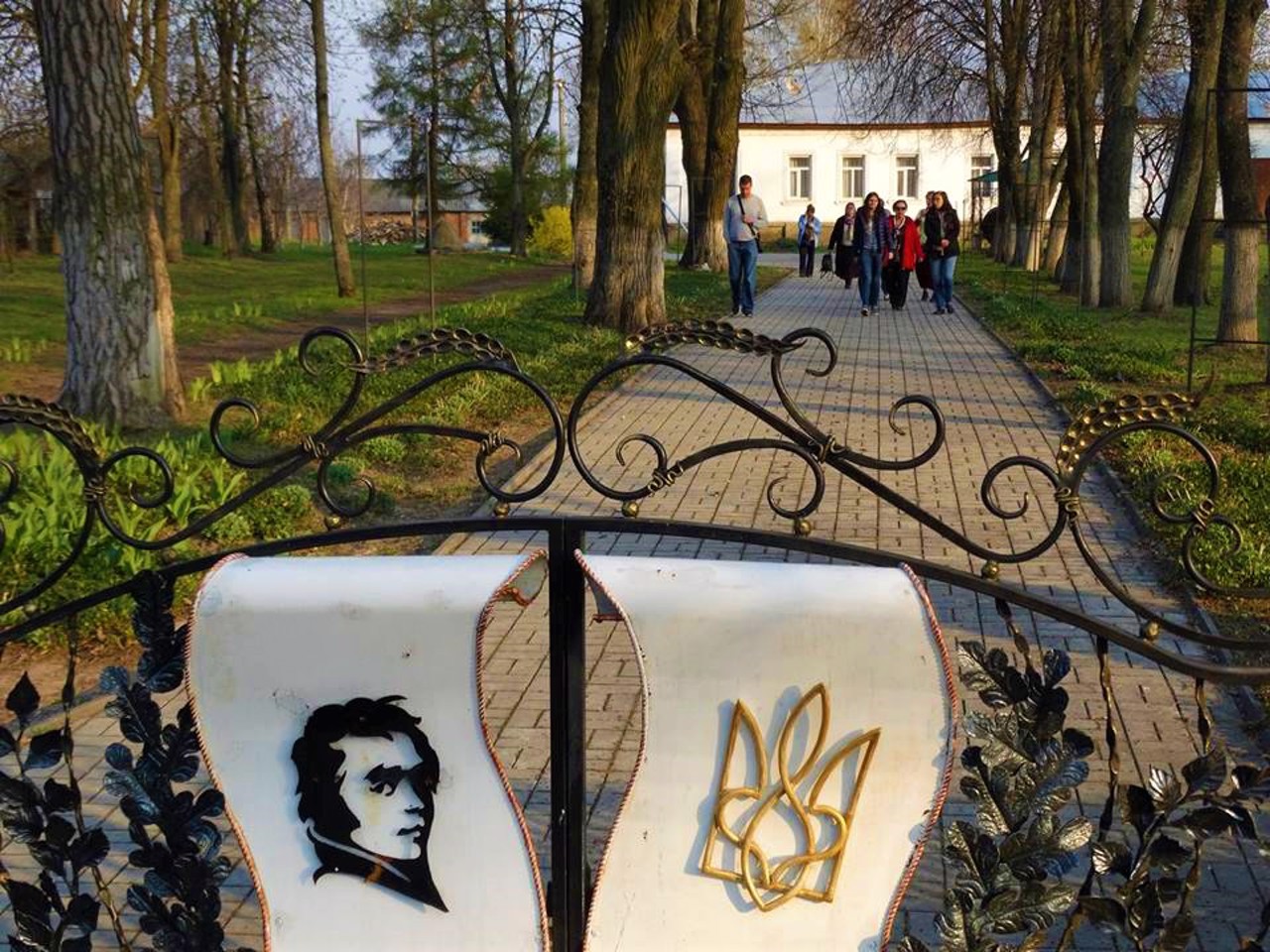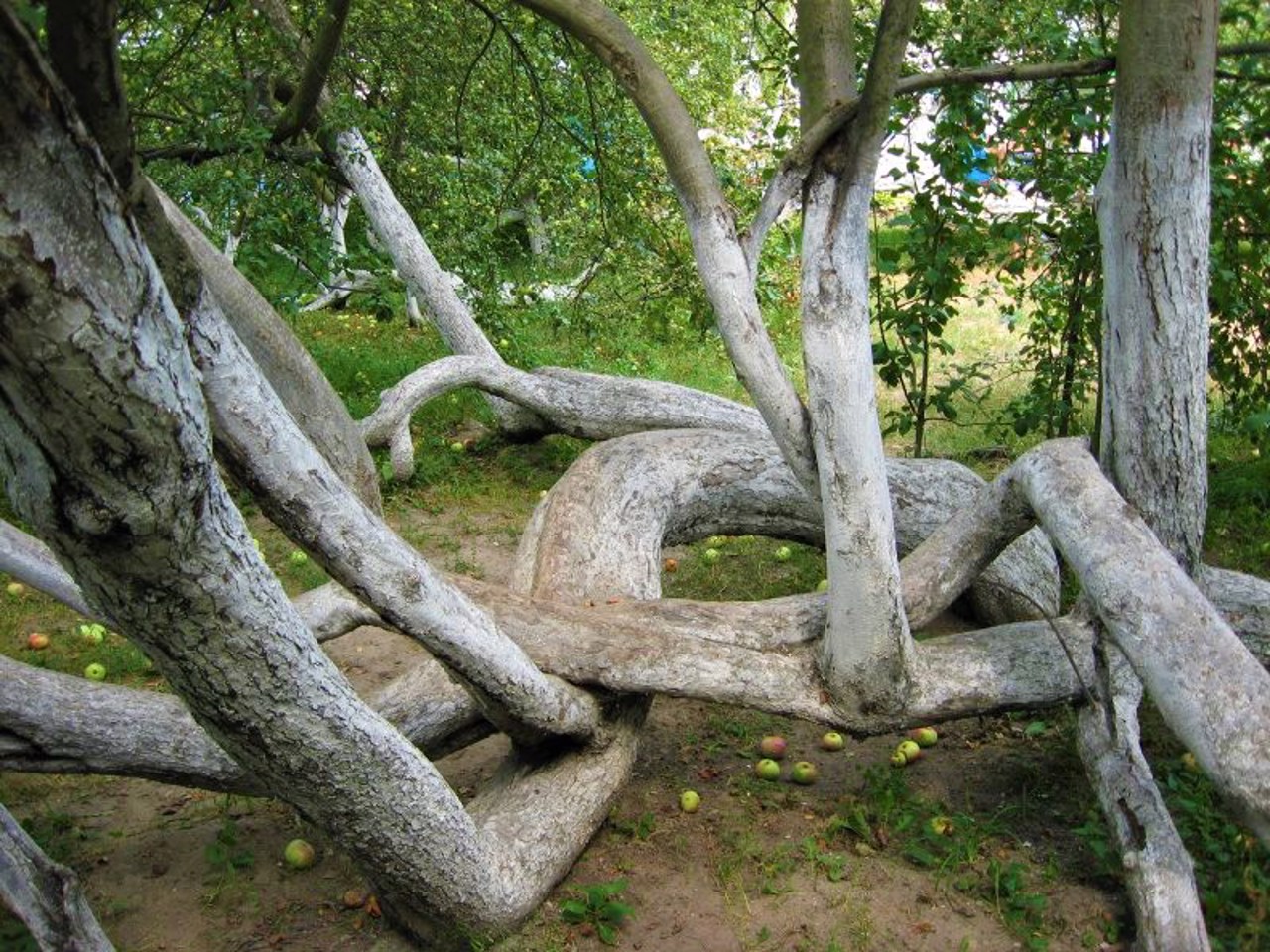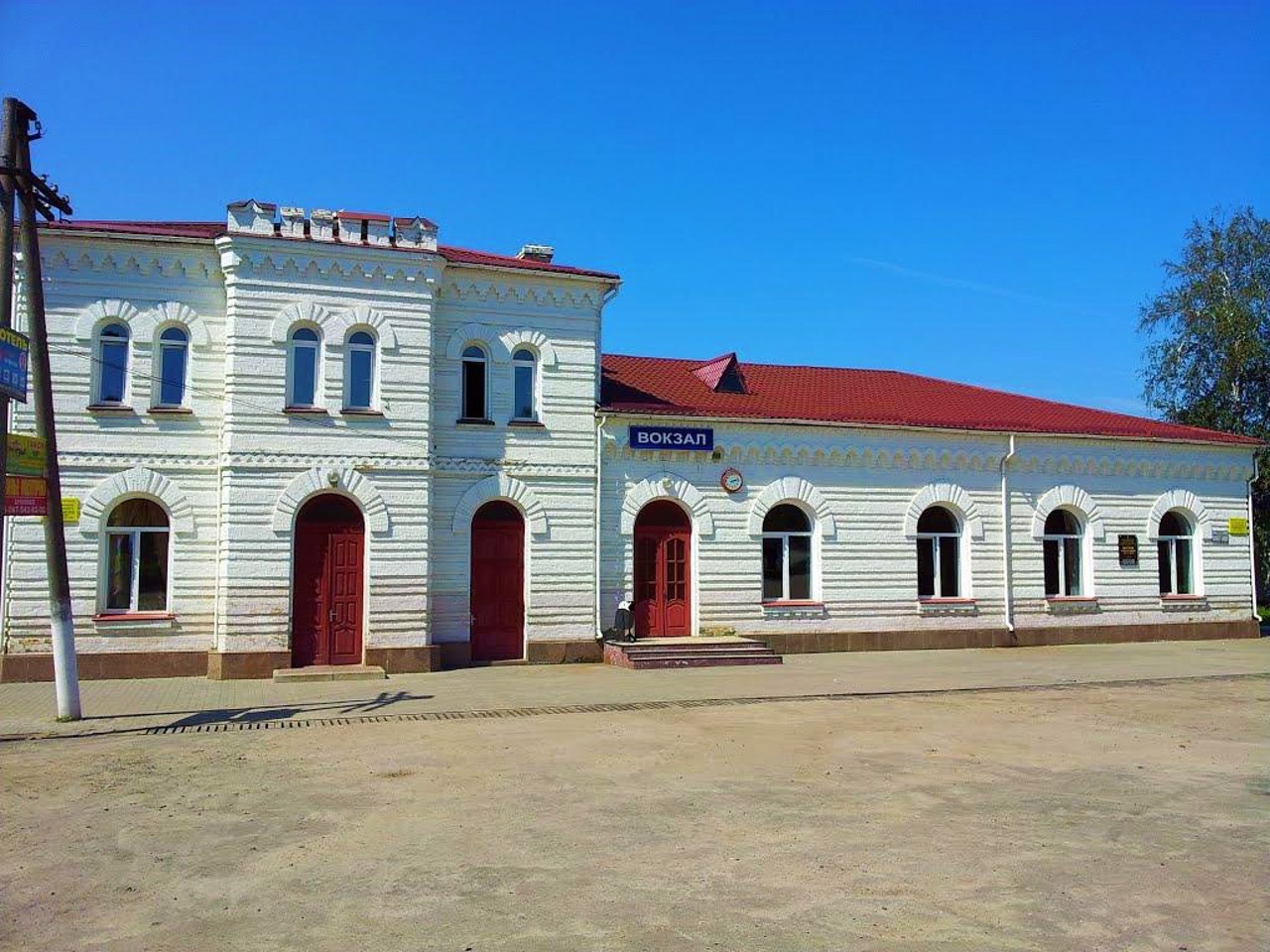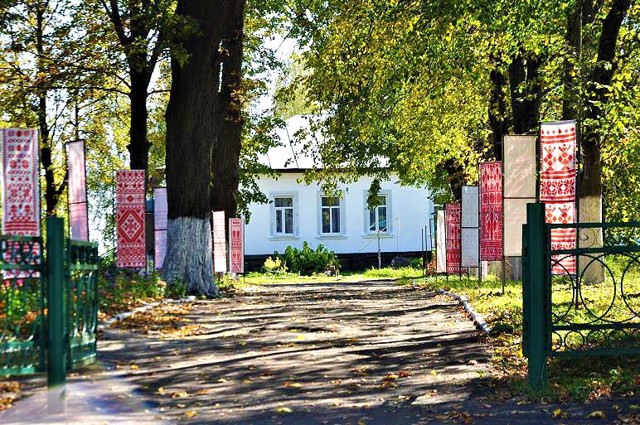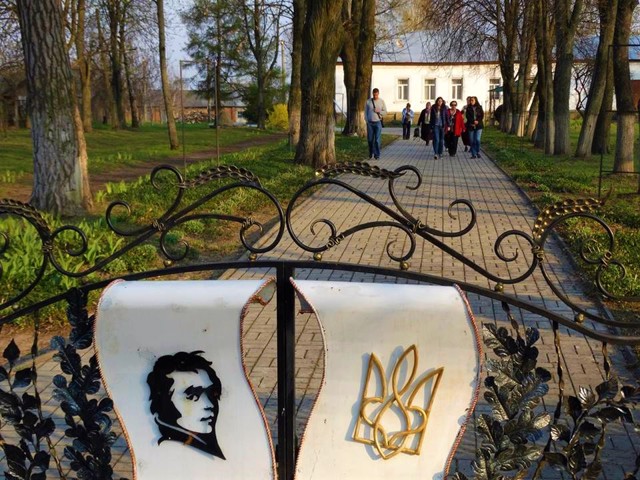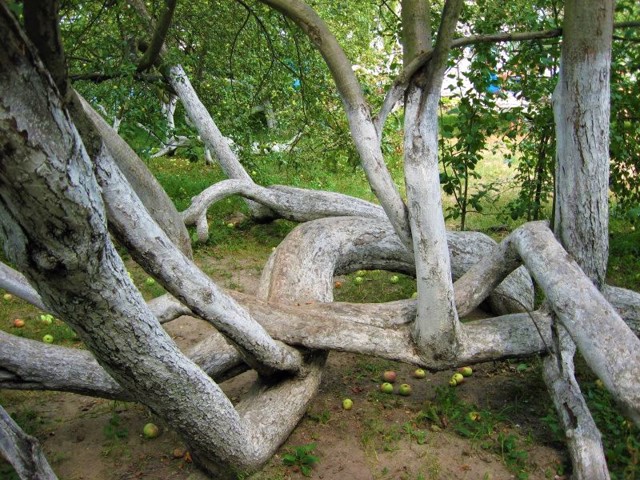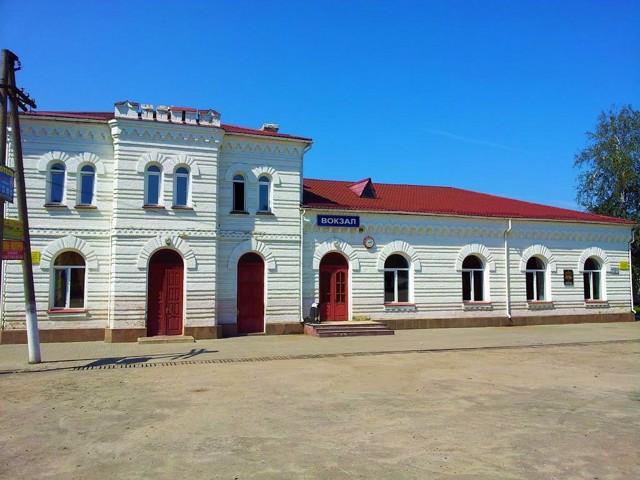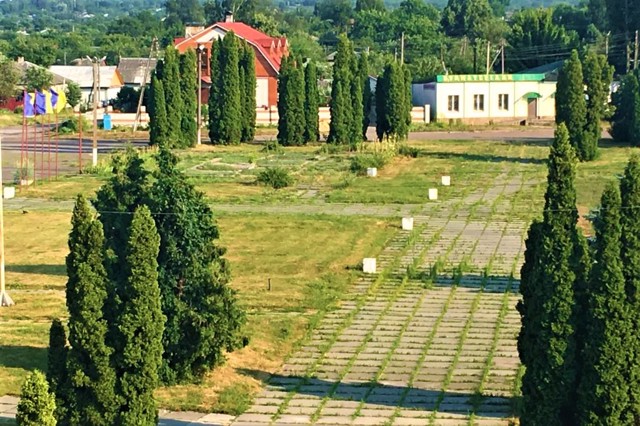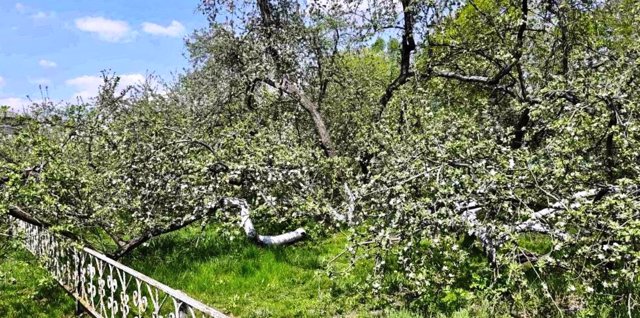Functional temporarily unavailable
General information about Krolevets
The city of Krolevets is located on the Moscow Kipti-Hlukhiv highway, 40 kilometers from Hlukhiv in the direction of Kyiv.
It was founded at the beginning of the 17th century by immigrants from the Right Bank of Ukraine.
After an unsuccessful attempt to capture Moscow and the Deulinsky armistice, the Polish king Sigismund III turned this small settlement into a strong point on the border with Muscovy, naming it in his honor (krul - king in Polish). In 1644, King Vladyslaw IV granted the city the right of Magdeburg for the fastest possible construction. Development was facilitated by the location on two trade routes leading from Kyiv to Moscow. For some time, the city was the subject of border disputes, until it passed to Russia in 1686.
Until the 19th century, the gran ...
The city of Krolevets is located on the Moscow Kipti-Hlukhiv highway, 40 kilometers from Hlukhiv in the direction of Kyiv.
It was founded at the beginning of the 17th century by immigrants from the Right Bank of Ukraine.
After an unsuccessful attempt to capture Moscow and the Deulinsky armistice, the Polish king Sigismund III turned this small settlement into a strong point on the border with Muscovy, naming it in his honor (krul - king in Polish). In 1644, King Vladyslaw IV granted the city the right of Magdeburg for the fastest possible construction. Development was facilitated by the location on two trade routes leading from Kyiv to Moscow. For some time, the city was the subject of border disputes, until it passed to Russia in 1686.
Until the 19th century, the grand Exaltation of the Cross fair was held here. Taras Shevchenko visited his friends in the city.
The Transfiguration Church (1782), the synagogue building (19th century), and the female gymnasium (1914) have been preserved.
A unique botanical attraction is a 220-year-old colony of apple trees, which reproduces by rooting branches.
Місто Кролевець розташоване на московській трасі Кіпті-Глухів, в 40 кілометрах від Глухова в бік Києва.
Засноване на початку XVII сторіччі переселенцями з Правобережної України.
Після невдалої спроби захопити Москву і Деулінського перемир'я польський король Сигізмунд III перетворив це маленьке поселення в опорний пункт на кордоні з Московією, назвавши його на свою честь (круль - польською король). Для якнайшвидшого будівництва король Владислав ІV в 1644 році надав місту Магдебурзьке право. Розвитку сприяло розташування на двох торгових шляхах, що ведуть з Києва до Москви. Деякий час місто було предметом прикордонних суперечок, поки в 1686 році не відійшло до Росії.
До XIX століття тут проводився грандіозний Хрестовоздвиженський ярмарок. В місті бував у своїх друзів ...
Місто Кролевець розташоване на московській трасі Кіпті-Глухів, в 40 кілометрах від Глухова в бік Києва.
Засноване на початку XVII сторіччі переселенцями з Правобережної України.
Після невдалої спроби захопити Москву і Деулінського перемир'я польський король Сигізмунд III перетворив це маленьке поселення в опорний пункт на кордоні з Московією, назвавши його на свою честь (круль - польською король). Для якнайшвидшого будівництва король Владислав ІV в 1644 році надав місту Магдебурзьке право. Розвитку сприяло розташування на двох торгових шляхах, що ведуть з Києва до Москви. Деякий час місто було предметом прикордонних суперечок, поки в 1686 році не відійшло до Росії.
До XIX століття тут проводився грандіозний Хрестовоздвиженський ярмарок. В місті бував у своїх друзів Тарас Шевченко.
Збереглася Преображенська церква (1782 рік), будівля синагоги (XIX століття), жіноча гімназія (1914 рік).
Унікальна ботанічна пам'ятка - яблуня-колонія віком 220 років, яка розмножується гілками, що вкорінюються.
Сплануй своє перебування у Krolevets
What to see and where to go in Krolevets
Tourist attractions and museums of Krolevets
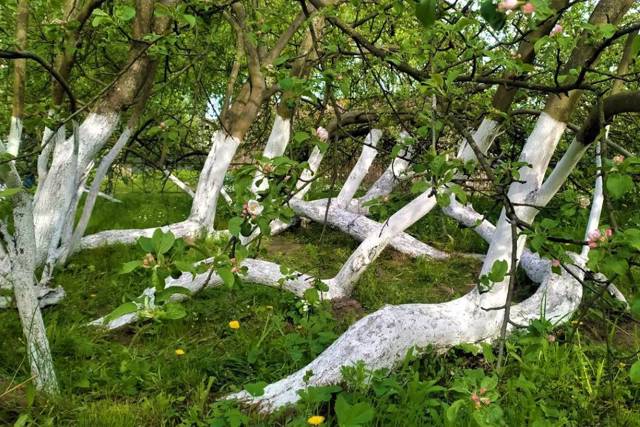
Apple Tree Colony
Natural object
The apple tree colony in Krolevets is a unique apple tree-bush over 220 years old. It is a colony of 15 related trees with an area of 1,000 square meters.
The colony developed from a single mother trunk that once existed. Its main feature is a unique method of reproduction. With age, the branches of an apple tree bend to the ground and take root, as a result, new trees sprout (in this way, gooseberries and currants multiply).
Apple tree is located on the territory of the former estate of the Meshchersky princes. A tombstone found nearby with the inscription: "Prince Petro Serheev, son of Meshchersky" was installed under it. He was born on August 24, 1780, and died on February 18, 1848 at the age of 68." According to legend, the tree "mourns" the deceased owner.
Another legend tells that the prince planted an apple tree on the grave of his wife, who died early.
The tree is currently cared for by the Krolevets City Council's Out-of-School Education Center, which is located in the former Meshchersky estate.
In 2023, the national botanical monument of nature "Apple Tree Colony" took third place in the online vote for the European Tree of the Year.
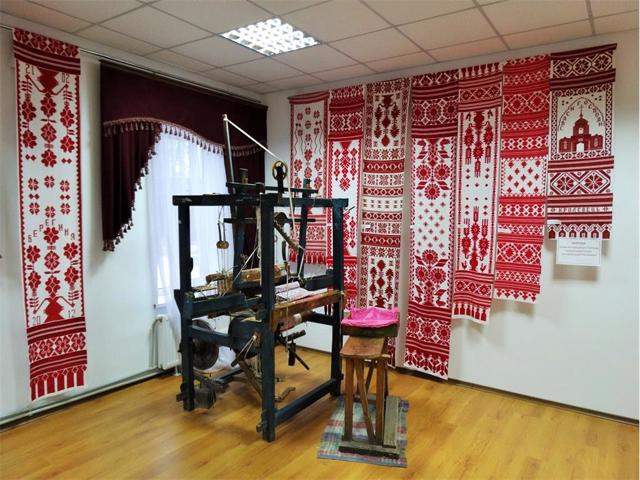
Ohiyevsky Manor (Krolevets Weaving Museum)
Palace / manor , Museum / gallery
The manor house of the Ohiyevsky landowners in Krolevets is famous for the fact that the poet Taras Shevchenko stayed there.
In 1859, he returned from Kyiv to St. Petersburg for the last time. After visiting his friends the Lazarevsky in the village of Hyrivka (now Shevchenko) in the Konotop district, he drove with them to Krolevets, where the Lazarevsky sister Hlafira Ohiyevska lived. Shevchenko spent the night here, then went to Hlukhiv.
The house of the Ohiyevsky was preserved in its original form. In 1964, a cast-iron memorial plaque was installed.
Currently, the Ohiyevsky manor houses the Museum of Krolevets Weaving, which exhibits traditional Krolevets towels, embroidered cloths, and looms.
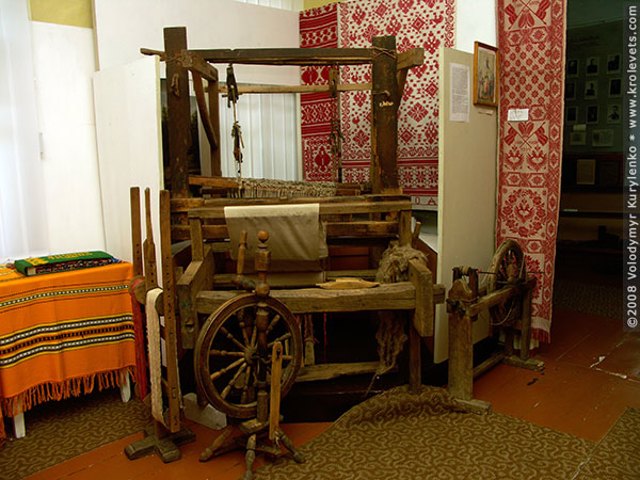
Krolevets Local Lore Museum
Museum / gallery
Krolevets Museum of Local Lore was established in 2000 on the basis of the city history museum opened in 1971.
The museum occupies an old wooden house in the city center.
The exposition tells about the history of the region from ancient times to the end of the Second World War, about the culture and art of Krolevets.
A separate hall presents the history of weaving, the art of which Krolevets was famous in the XVIII century.
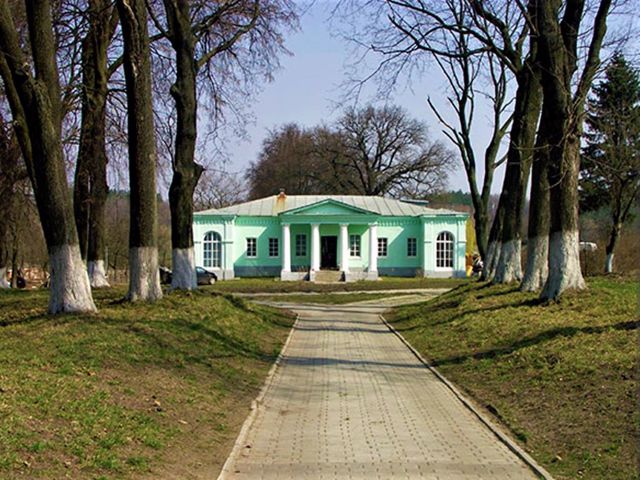
Rudzynsky Maison
Palace / manor , Architecture
The manor house of the Rudzynsky nobles from Krolevets was built in the 1820s on the southeastern outskirts of Krolevets near the old road to Hlukhiv.
Made in the architectural forms of late provincial classicism, with a certain influence of romanticism. The walls are made of oak beams, the decorative elements are made of stucco stucco. The original decor has been partially preserved in the interiors, in particular the stucco rosette on the ceiling.
There is a version that Taras Shevchenko visited here in 1845 (a portrait of Yosyp Rudzynsky, dated that year, made by Shevchenko has been preserved). The last owner was Volodymyr Rudzynsky, a participant in the liberation movement of the beginning of the 20th century.
In Soviet times, a club was placed here, and then a school. In the 1960s, a children's sanatorium was established on the grounds of the estate. Currently, the building has been restored and is in private ownership.
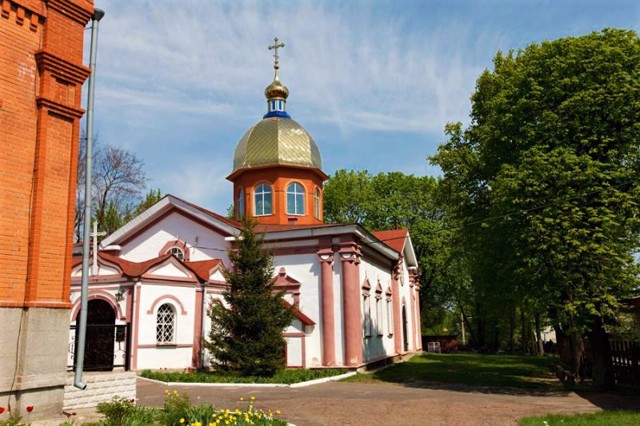
Savior and Transfiguration Church
Temple , Architecture
The wooden Church of the Savior and Transfiguration is the only church in Krolevets that has survived.
It was built in the 18th century. In 1849, architect Malinin rebuilt and expanded the church, created a side altar. In 1863, the architect Ivanov created a project of a stone bell tower, which was built in 1865-1872.
In the 1930s, the Savior and Transfiguration Church was closed, the dome and bell tower were destroyed. Services in the church were resumed only during the period of German occupation - in 1942.
Now the temple is active.
Krolevets in news and blogs
Reviews Krolevets
Geographical information about Krolevets
| {{itemKey}} | {{itemValue}} |
|---|---|
| Region |
Sumy |
